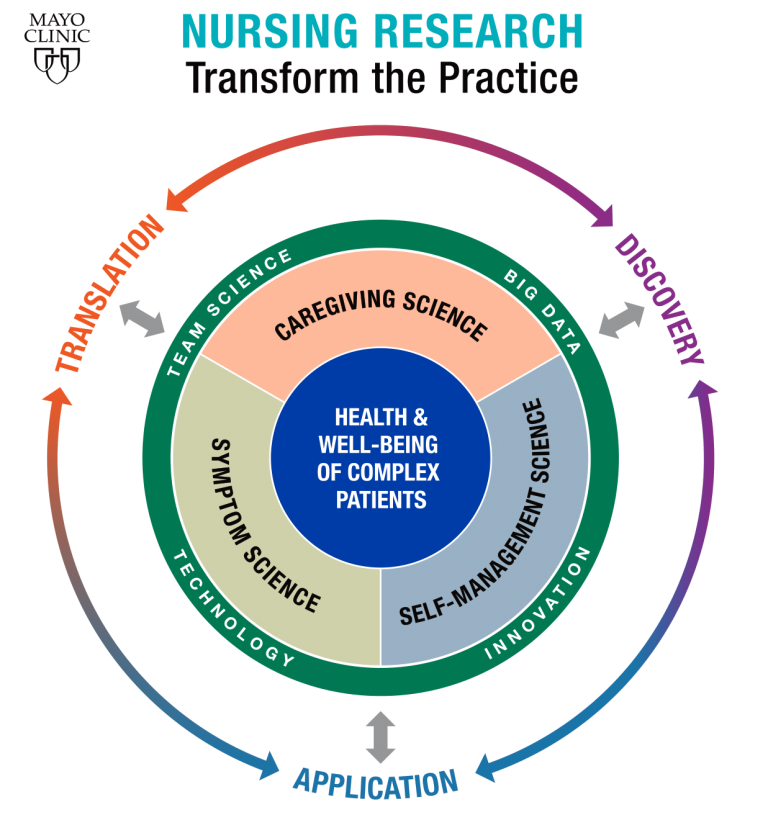
More than 2.8 million antibiotic-resistant infections occur in the U.S. each year, and more than 35,000 people die as a result, according to a new report by the Centers for Disease Control and Prevention (CDC).
"This report emphasizes the impact that antimicrobial resistance is having on the lives of Americans every day. Our best approach to this problem is exactly what we have been trying to do at Mayo Clinic: Promote responsible antimicrobial use and good infection control practices," says Dr. Aaron Tande, an infectious diseases specialist at Mayo Clinic.
"Fortunately, this report also offers some good news: The number of deaths due to antimicrobial resistant organisms is decreasing," says Dr. Tande. "Patients and providers can continue this positive trend by only using antibiotics in health care and the environment when they are necessary."
When an antibiotic no longer has an effect on a certain strain of bacteria, those bacteria are said to be antibiotic-resistant. Antibiotics are used to treat bacterial, parasitic and fungal infections. They do not help viral illnesses, such as colds, flu and most sore throats.
Preventing infections can help in the fight against antibiotic resistance. The CDC makes these recommendations:
- Practice good hand hygiene. Washing your hands frequently with warm soap and water can kill germs and help stop the spread of germs.
- Get your flu vaccine to prevent illness.
- Avoid foodborne illness by using food safety tips.
- Don't use antibiotics unnecessarily.
Related posts:
- Home Remedies: When to use and not use antibiotics
- Infectious Diseases A-Z: Resist taking unnecessary antibiotics
- Mayo Clinic Minute: You're washing your hands all wrong







